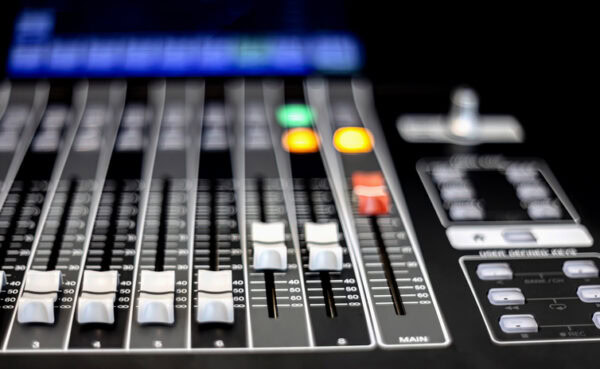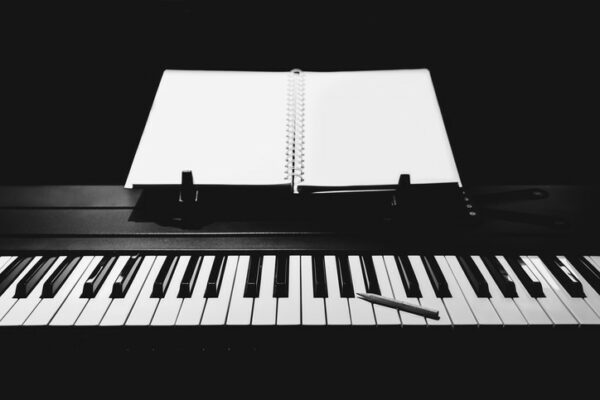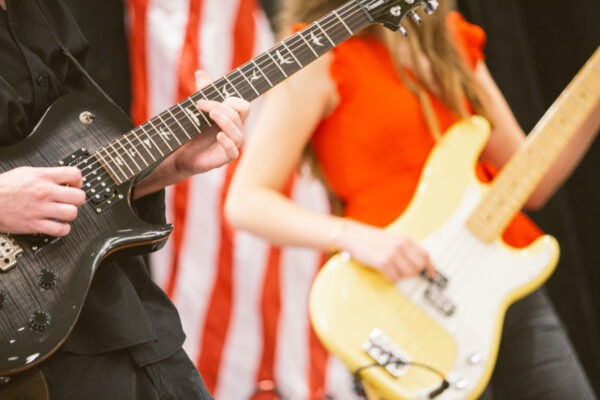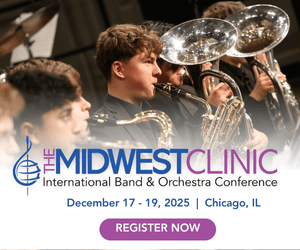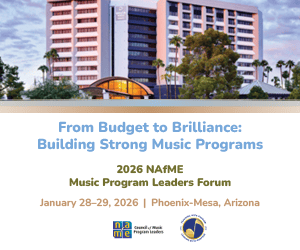NAfME BLOG
Creating Spaces and On-Ramps: Welcoming Every Musician in the Classroom
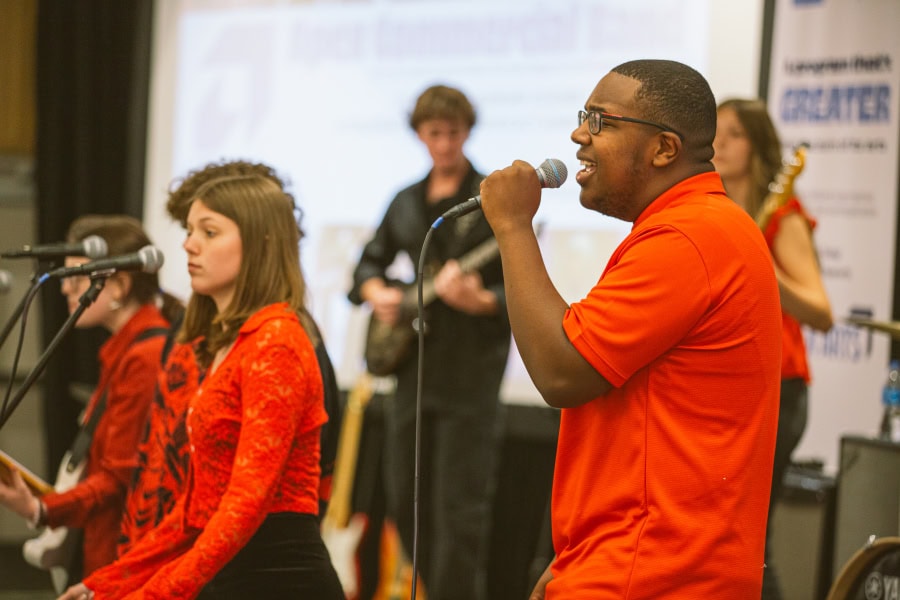
/ News Posts / Creating Spaces and On-Ramps: Welcoming Every Musician in the Classroom
Creating Spaces and On-Ramps
Welcoming Every Musician in the Classroom
By Shane Colquhoun, Chair of the NAfME Council for Innovations, Alabama State University
In the fast-evolving landscape of the 21st century, music education has been slow—at times, even reluctant to adapt. Secondary music programs remain dominated by large performing ensembles: band, choir, and orchestra. These models are heavily rooted in Western classical traditions and are usually teacher-centered and often neglect the musical identities and interests that students bring into the classroom. Despite music’s pivotal role in students’ lives, these offerings historically reach a smaller population of students, which Williams (2012) refers to as the other 80%.
While these ensembles have fostered the growth of countless musicians, their structures frequently prioritize preservation of traditions over innovation. This gap is best summed up in these quotes:
“Music education must find ways to both keep up with the changing musical culture and preserve the best of our musical past.”
(Kratus, 2007)
“Revise music teacher education curricula to reflect a greater perspective that takes into account the music and practices of the communities teachers serve.”
(Confredo, Abril & Adderley, 2023)
Our challenge is to evolve beyond a singular vision of musicianship, defined only by reading notation or ensemble performance, to welcome students who engage with music in countless creative ways. Secondary general music is the most overlooked and underappreciated aspect of music education. Research suggests that most secondary general music courses end up functioning as “music appreciation” (Colquhoun, 2019). While this approach provides historical knowledge, it fails to capture the full spectrum of possibilities available to today’s learners.
My Regret and My Revelation
Many young musicians shape their identities through songwriting, digital production, church performances, and social media. Excluding these practices means missing out on the vibrant talent already thriving within our schools. One of my biggest regrets during my 14 years as a high school band director was telling my students, “Real musicians read music.” That mindset, deeply ingrained in me, has proven to be limiting and exclusionary.
Today’s musicians:
- Use tablature instead of standard notation.
- Learn by listening and imitating with apps such as Moises.
- Utilize YouTube and TikTok tutorials.
- Compose and mix music using DAWs like FL Studio and Soundtrap.
- Distribute their music via platforms like SoundCloud, Spotify, and social media.
There are many ways to make and create music, and many music career paths exist that do not require traditional music skills.
Why “Spaces” and “On-Ramps” Matter
This is where the ideas of spaces and on-ramps come in. Spaces are opportunities within our existing ensembles where students’ diverse interests can be acknowledged, celebrated, and nurtured. On-ramps are pathways into music education for students who might never join band, choir, or orchestra. On-ramps tell students, “There is a place for you here, even if it does not look like the traditional model.”
What Are “Spaces” in Music Education?
When creating space, a key concept to understand is that of musical code-switchers. These are students who move fluently between musical worlds. Like bilingual speakers, musical code-switchers adapt their approach and techniques from one context to another, bringing rich, multifaceted musical identities that traditional systems often overlook (Isbell & Stanley, 2018).
“Spaces” are intentional opportunities within existing ensembles and programs where diverse student interests are recognized and celebrated: For example:
- Find opportunities for students to connect with musicians in the traditional ensemble or in the community who have similar interests.
- Encourage and provide time for student-led groups to rehearse and make music in their own way.
- Dedicate spots in concerts for student-selected or original songs and projects.
What Are “On-Ramps”?
“On-ramps” are new pathways, outside the traditional ensemble framework, for students who might not join band, choir, or orchestra, but are still deeply involved in music:
- Offer classes focused on songwriting, beat-making, audio production, or music business.
- Champion cultural ensembles such as mariachi, steel pan, or hip-hop cyphers that reflect students’ heritage and lived experiences.
- Feature open mics, jam sessions, or battle-of-the-bands events to let students lead and innovate.
- Survey students about their musical interests; let their answers guide new courses, workshops, or projects.
The key is to start small: Survey students about their interests, pilot one new idea, and invite them to serve as co-creators of the program. By doing so, music education becomes not only open but truly accessible, equitable, and relevant—welcoming the diverse musical identities that students bring to the classroom.
The Call
Broadening our definition of musicianship and intentionally creating both spaces and on-ramps allows every student to feel seen and valued. By honoring the musical code-switchers in our ensembles and inviting authentic student participation, we transform music education from an exclusive tradition to an accessible, innovative, and equitable space. This is not just good pedagogy; it is a necessity for the vitality and relevance of our profession.
Our students are already engaging with music in ways that matter most to them. Now, it is up to us to create spaces and build on-ramps that welcome them—all of them—into the musical community.
References:
Colquhoun, S. (2019). A Survey of In-Service Music Teacher Preparedness for Teaching Non-Traditional Music Courses and Ensembles in Secondary-level Schools.
Kratus, J. (2016). Songwriting: A new direction for secondary music education. Music Educators Journal, 102(3), 60-65.
Isbell, D. S., & Stanley, A. M. (2018). Code-switching musicians: An exploratory study. Music Education Research, 20(2), 145-162.
National Association for Music Education. (2023, June 21). A Blueprint for Strengthening the Music Teacher Profession (D. A. Confredo, C. R. Abril, & C. L. Adderley, Eds.).
Williams D. B. (2012). The non-traditional music student in secondary schools of the United States: Engaging non-participant students in creative music activities through technology. Journal of Music, Technology & Education, 4, 131–147.
About the author:
 Shane Colquhoun, PhD., is a music educator, producer, and mentor dedicated to helping students discover their creative voice. An Assistant Professor of Music Technology and Contemporary Music Styles at Alabama State University, he blends traditional music education with modern approaches that highlight student creativity and innovation. He has years of experience as a successful band director, guiding ensembles to excellence while fostering inclusive, student-centered spaces. He has published in General Music Today (now the Journal of General Music Education) and the Media Journal in Music Education, and is the author of The Producers of Pop: A Comprehensive Plan for Studying Popular Music Producers. He also serves on the Editorial Board for the Journal of Music, Technology & Education. Dr. Colquhoun is Chair of NAfME’s Council for Innovations, Research Chair for the Alabama Music Educators Association, and a Board Member for the Association of Popular Music Education.
Shane Colquhoun, PhD., is a music educator, producer, and mentor dedicated to helping students discover their creative voice. An Assistant Professor of Music Technology and Contemporary Music Styles at Alabama State University, he blends traditional music education with modern approaches that highlight student creativity and innovation. He has years of experience as a successful band director, guiding ensembles to excellence while fostering inclusive, student-centered spaces. He has published in General Music Today (now the Journal of General Music Education) and the Media Journal in Music Education, and is the author of The Producers of Pop: A Comprehensive Plan for Studying Popular Music Producers. He also serves on the Editorial Board for the Journal of Music, Technology & Education. Dr. Colquhoun is Chair of NAfME’s Council for Innovations, Research Chair for the Alabama Music Educators Association, and a Board Member for the Association of Popular Music Education.
Did this blog spur new ideas for your music program? Share them on Connect! Interested in reprinting this article? Please review the reprint guidelines.
The National Association for Music Education (NAfME) provides a number of forums for the sharing of information and opinion, including blogs and postings on our website, articles and columns in our magazines and journals, and postings to our Connect member portal. Unless specifically noted, the views expressed in these media do not necessarily represent the policy or views of the Association, its officers, or its employees.
Published Date
October 30, 2025
Category
- Diversity, Equity, Inclusion, and Access (DEIA)
- Innovation
- Music Education Profession
- Music Educator Workforce
- Preparation
- Recruitment
- Representation
Copyright
October 30, 2025. © National Association for Music Education (NAfME.org)
